Over the two and a half years I’ve maintained this blog, I’ve featured quite a few old railroad stations that are listed on the National Register of Historic Places. Today is a little different, as not only do I have photos of another station that makes the list, but also of a bridge. I have mentioned Bridge L-158 before, and I’ve always thought it had a terrible name – though the Mianus River Railroad Bridge may be even worse. All you pretty much need to do is a google image search for Mianus – you’ll see plenty of fratboys (and the folks from the show Jackass) posing in front of various town signs. As much as they’d love to believe the name refers to a particular area on the body, it apparently derives from the name of a Native American chief.
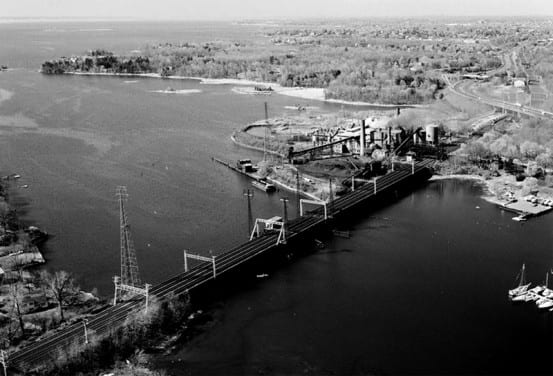
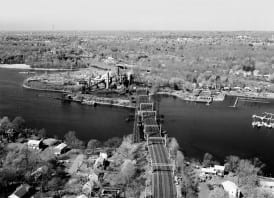
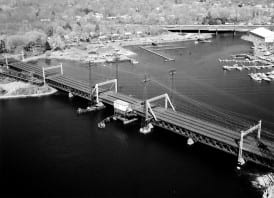
Photos of the Mianus River Railroad Bridge taken in 1977 from the Library of Congress
The Mianus River Railroad Bridge (Sometimes referred to as the Cos Cob Bridge. Not to be confused with the Mianus River Bridge which carries I-95 over the river and famously collapsed in 1983) was built in 1904 by the American
Bridge Company. A previous two-track bridge existed in the same spot, but was deemed unsafe. However, not all parts of the previous bridge were dismantled, some portions were reused in the construction of the current four-track replacement bridge. Historically, this bridge was the final constructed portion of the railroad line linking New Haven and New York – completed on Christmas day, 1848.
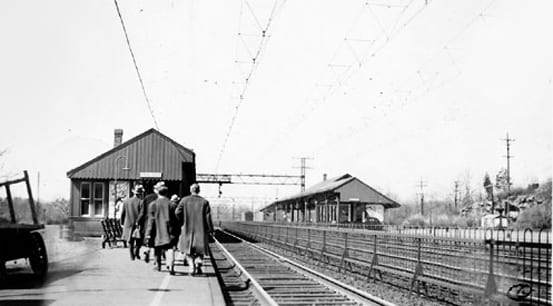
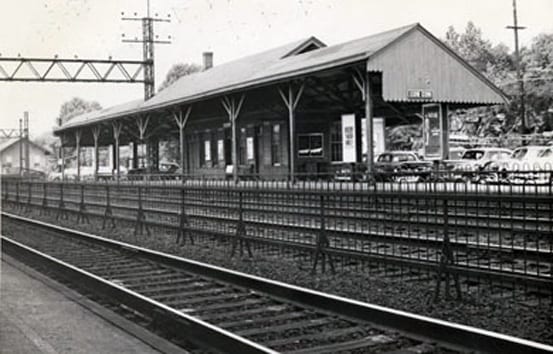
Photos of Cos Cob station, first photograph is from 1946, and the second from 1954. Both are from the Dodd Research Center’s Railroad History Archive.
Located just west of the bridge is the Cos Cob train station. This building is also on the National Register of Historic Places, and was built around 1894. The wood-framed station is on the west-bound side of the tracks, and measures 50 feet by 20 feet. The station was constructed during a time when the New York, New Haven and Hartford Railroad was working on a complete overhaul of the line. Curves were straightened, tracks were elevated to remove grade crossings where possible, and two tracks additional tracks were added for a total of four. The relatively simple station design was reused for other stops along the line as a cost-saving measure – the Old Greenwich station is an extant example.
Similar to many stations I’ve featured here, the railroad played an important part in the growth of the area. Greenwich became an upper-class suburb, and its citizens could easily commute by rail into the city. Looking out the window from the train, it is highly likely you’ll spot many boats and yacht clubs – and in the few photos I took of the Mianus River Railroad Bridge it is fairly difficult to even spot the bridge as there were so many boats.
Cos Cob is roughly 30 miles to Grand Central, and during off-peak times takes about an hour to get to the city. However, some express trains during peak hours make the journey in as little as 45 minutes. The station is one of four along the New Haven Line in the town of Greenwich, and the neighborhood of Cos Cob is one of fifteen that make up the town.




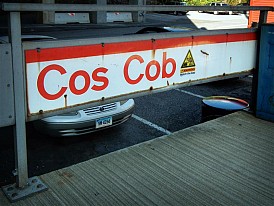
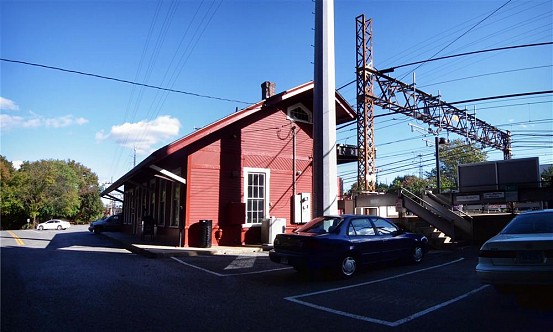
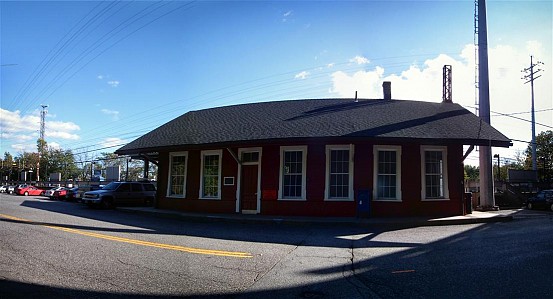
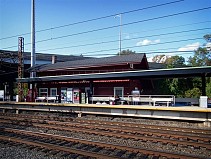
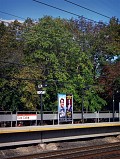
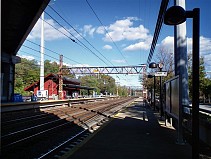
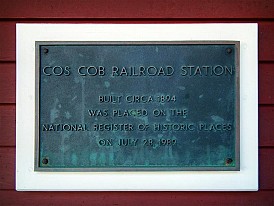
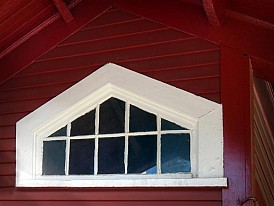
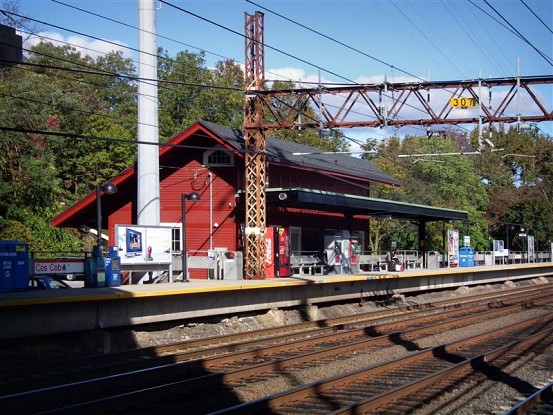
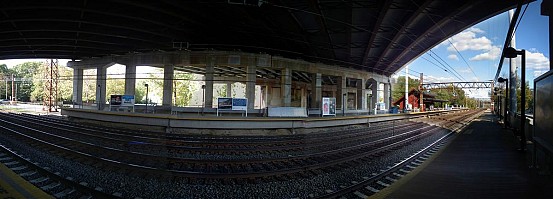
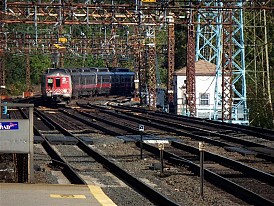
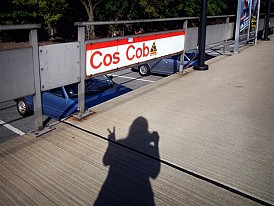
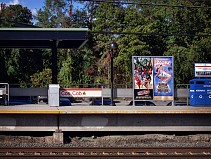
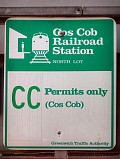
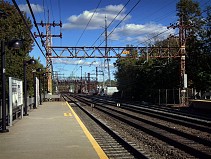
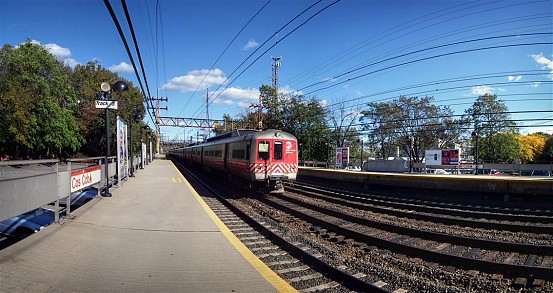
Nice article as always. I had no idea that bridge was so old!
http://www.ctmuseumquest.com/?page_id=9803